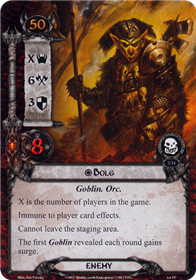Let's say we are playing with 4 players. I quest with Beravor with a wingfoot on her naming enemy. The first card from the encounter reinforcement is an enemy, but that enemy is making an immediate attack (Harad Elite for instance).
-Is beravor ready before the attack starts ?
-Can I use Beravor to block ?
-Can I use her to draw cards before declaring defender ?
After attack is finished (beravor exhausted again), the next card from encounter is another enemy :
-Does Beravor ready again ?
I do not clearly get the wingfoot action (is it a kind of response ?)
Thanks in advance
Edited by Courchevel










